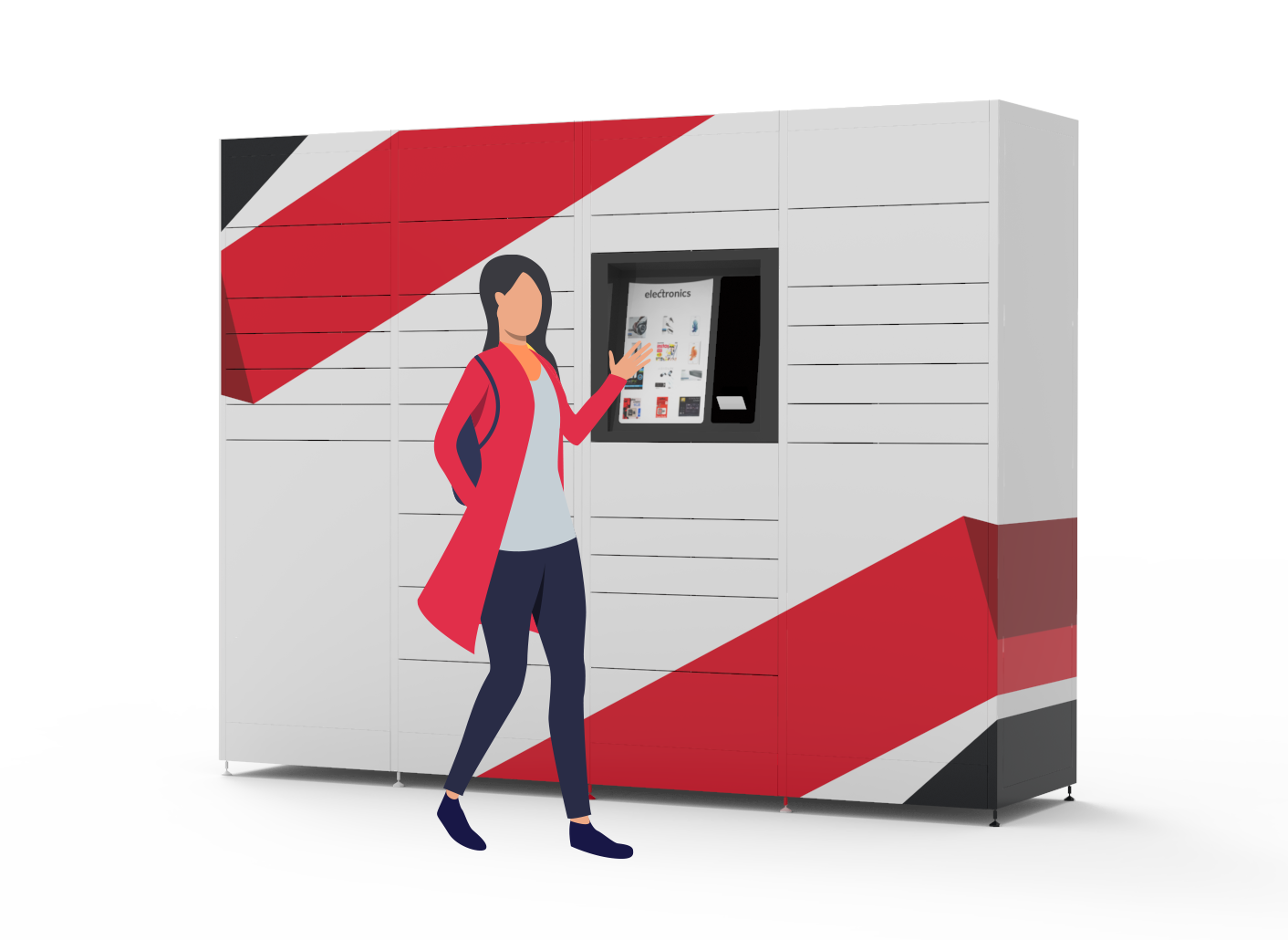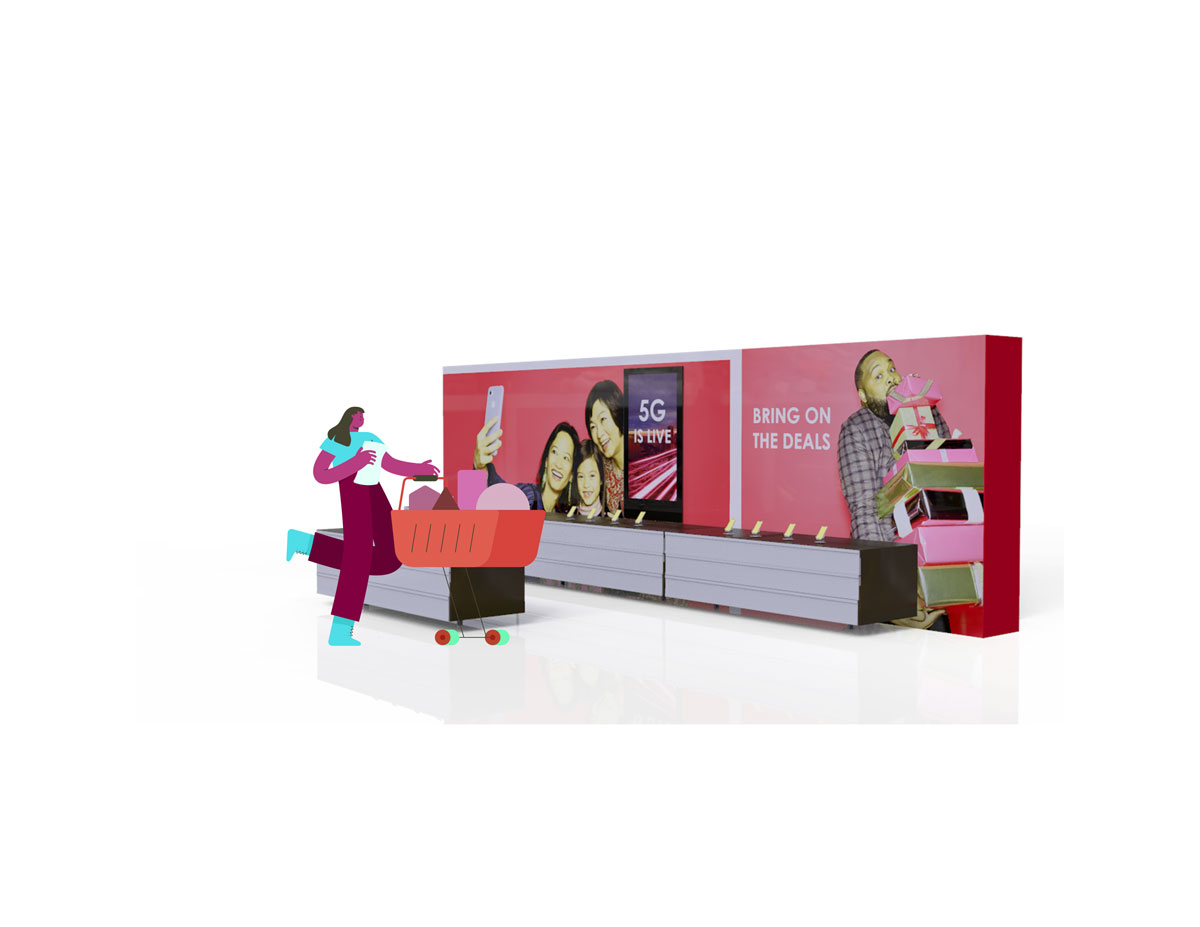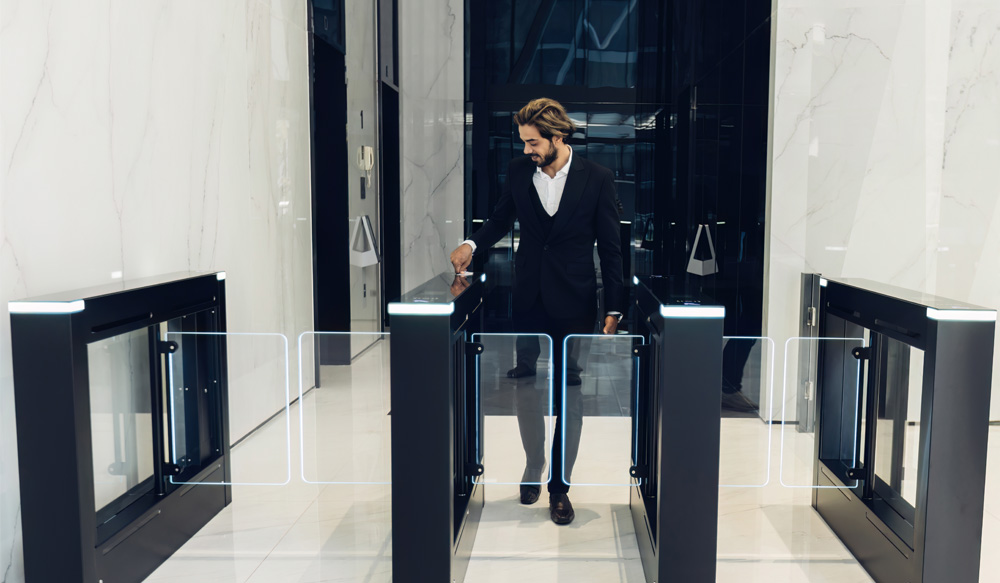Is Automated Retail the Smart Solution for Loss Prevention?
Keeping control over inventory is always important to a retailer’s bottom line. And it’s arguably more essential now that supply-chain issues are making some items tough to keep on the shelves to begin with.
Loss prevention will be on attendees’ lips (again) as they gather for the 2023 NRF Retail’s Big Show in New York — especially since the hosting organization, the U.S. National Retail Federation, served up more bad news on the rise of shoplifting earlier this fall.
Will loss prevention be the talk of NRF 2023?
The NRF’s latest U.S. retail security survey, from September, shows that retailers continue to grapple with a persistent loss prevention problem. Taking the results of the survey of 63 retailers and applying them to the U.S. retail sector as a whole, the NRF estimates that stores lost $94.5-billion worth of “shrink” in 2021, up from $90.8-billion in 2020 (all figures in U.S. dollars).
And, as the report notes, most inventory shrink is driven by external theft.
Retailers blame the pandemic and the associated labour shortage as the driving factor behind the change: Fewer eyes in the store translates to less overall security. Some 72% of retailers surveyed say COVID-19 continues to be a factor in increasing shoplifting, while 58% say the pandemic era has also seen increased theft by employees. To grapple with the problem, many retailers say they’re investing, or planning to make capital investments, in loss prevention technologies such as RFID and licence plate recognition. “These changes are understandable, given the risks,” the report says.
The role of automated retail in loss prevention
Investing in the right technology is important for retailers — and the wrong investment can backfire. Basic or antiquated self-checkout machines, for example, can do more harm than good: As The Atlantic reported, simple self-scanning machines can be a driver of growth in shrink, as customers figure out easy ways to trick them.
Wisely, then, 17.5% of U.S. retailers say investing in “self-service locking cases or lockers” — such as the turnkey-yet-customizable, future-ready solutions that Signifi specializes in — will be part of their loss prevention plan.
As we’ve noted before, using the right technology can allow retailers to both keep their inventory secure while shifting customers to a sophisticated self-service experience that they enjoy anyway. “We’re just not sure that locking up your merchandise and forcing customers to track down a busy sales associate is an effective, contemporary approach to loss prevention,” says Peter Sciberras, Head of Retail at Signifi. “Let alone locking the front door of your store and carding customers as they come in, as some retailers have resorted to doing.”
Not to mention that locked doors could aggravate customers, at a time when violent and aggressive behaviour against sales associates is also on the rise (per the NRF report).
Talk to Signifi at the NRF’s Big Show 2023!
As a bonus, smart lockers can also be used to manage back-of-house resources, which can prevent the loss of items like walkie-talkies and tablets.
All in all, it’s an excellent time for retailers to think about how to keep their inventory and equipment under lock and key — but not literally. As Peter says, “Nowadays we can offer much more customer-oriented ways to tackle the problem of loss prevention. It doesn’t even have to look like an anti-shoplifting measure at all. It’s just a better customer experience, thanks to technology.”
Attending NRF’s Big Show in New York this January? Say hello to us at the Signifi booth!


.png)

